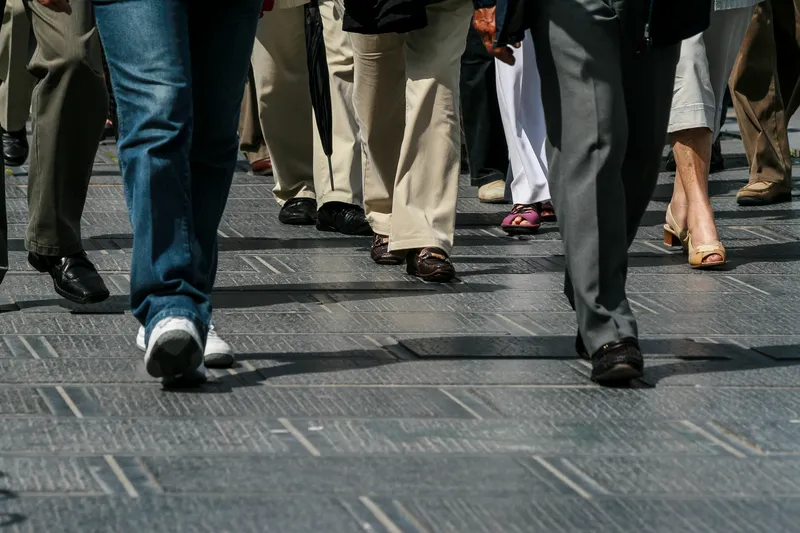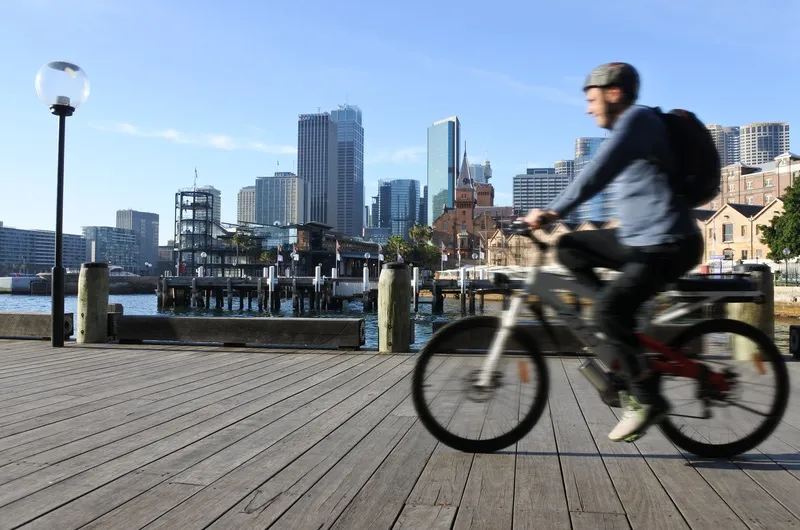
A new report has revealed that most pedestrian crashes from 2013-17 in Pittsburgh, Pennsylvania, occurred on weekdays from 2.00 pm to 6.00 pm during autumn and winter.
The Pedestrian Safety Action Plan says these crashes also took place at or near an intersection.
The document – developed by the Pittsburgh Department of Mobility and Infrastructure (DOMI) and the Federal Highway Administration – also found that most pedestrian crashes occurred on local roads, but were more severe on State-maintained roads.
Other key trends show that crashes which took place on higher speed roads with three to four lanes were more likely to result in severe injury.
Nearly nine out of ten of all crashes happened within 500 feet of a transit stop (both bus and light rail), and nearly 85% of all transit stops in the city had at least one pedestrian crash occur within 500 feet of the stop.
For context, the DOMI says roughly 57% of the roadway mileage within City limits is located within 500 feet of a transit stop.
The department points out that even though the largest portion of pedestrian crashes occurred during daylight hours (66%), half of all fatal and severe injury crashes occurred during dark conditions.
Figures show that while the majority of pedestrian injuries involved a pedestrian under the age of 40 (57%), more than half of all fatal and severe pedestrian injuries involved a pedestrian 40 or older.
The plan seeks to identify policy and infrastructure improvements that support the US city's mobility goals.
Pittsburgh wants to ensure no one dies or is seriously injured travelling on its streets, every resident can access fresh fruits and vegetables within 20 minutes travel of their home and all trips less than 1 minute are easy to achieve by non-vehicle travel.
As part of the study, the DOMI identified high-risk locations using factors such as historic crash data and neighbourhood connectivity to determine where to focus their efforts.
It then identified ten 'Hot Spot' locations where crashes have been concentrated based on historical crash data, including Liberty Avenue, 6th Avenue and Grant Street. The department also highlighted roughly 100 additional corridors that may be more likely to experience crashes in the future.
The DOMI is to conduct pedestrian-focused Road Safety Audits (RSAs) on these corridors to identify and prioritise specific treatments for implementation.
Additionally, the plan offers 10 priority strategies and actions, which include conducting pedestrian-focused RSAs and walkability audits, formalising and implementing the city’s signal policy and improving pedestrian scale lighting at key crossings and intersections and on high-priority corridors.
Other recommendations include addressing pavement gaps and improving the continuity of the pedestrian network, building cross-departmental understanding and cooperation around pedestrian crashes and enforcing existing laws so that everyone feels comfortable navigating the transportation network.
At least annually, the DOMI is to measure and report progress toward both implementation of the Plan and measures of effectiveness.
Progress will be reported via a report to the Office of the Mayor and shared with City Council and will use metrics such as pedestrian crashes per year, annual pedestrian crash rate and the number of pedestrian commuters per month.









